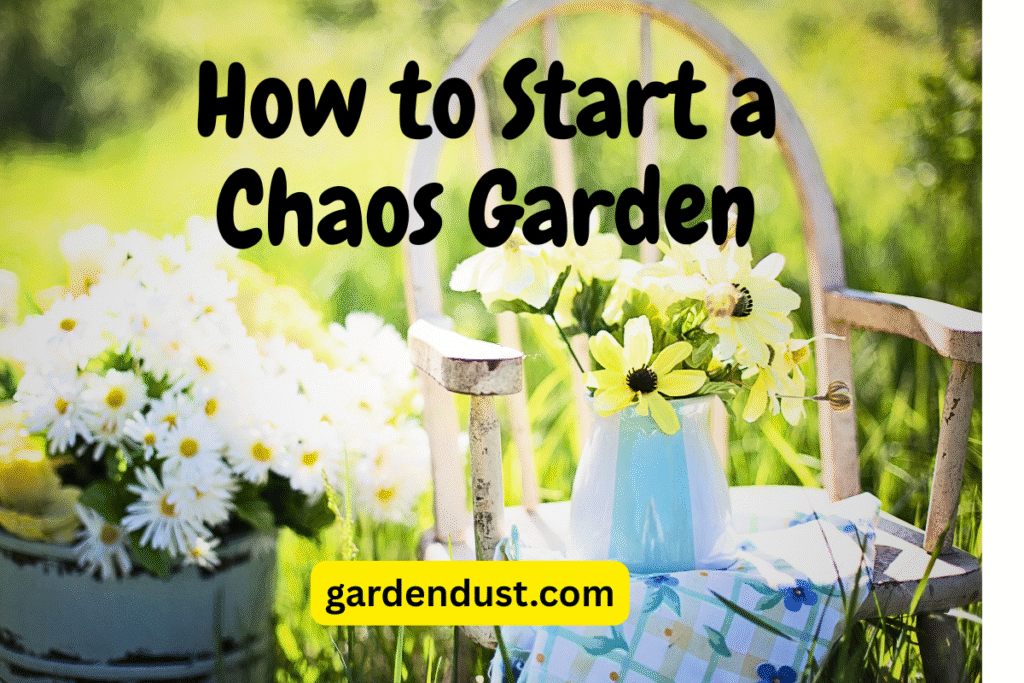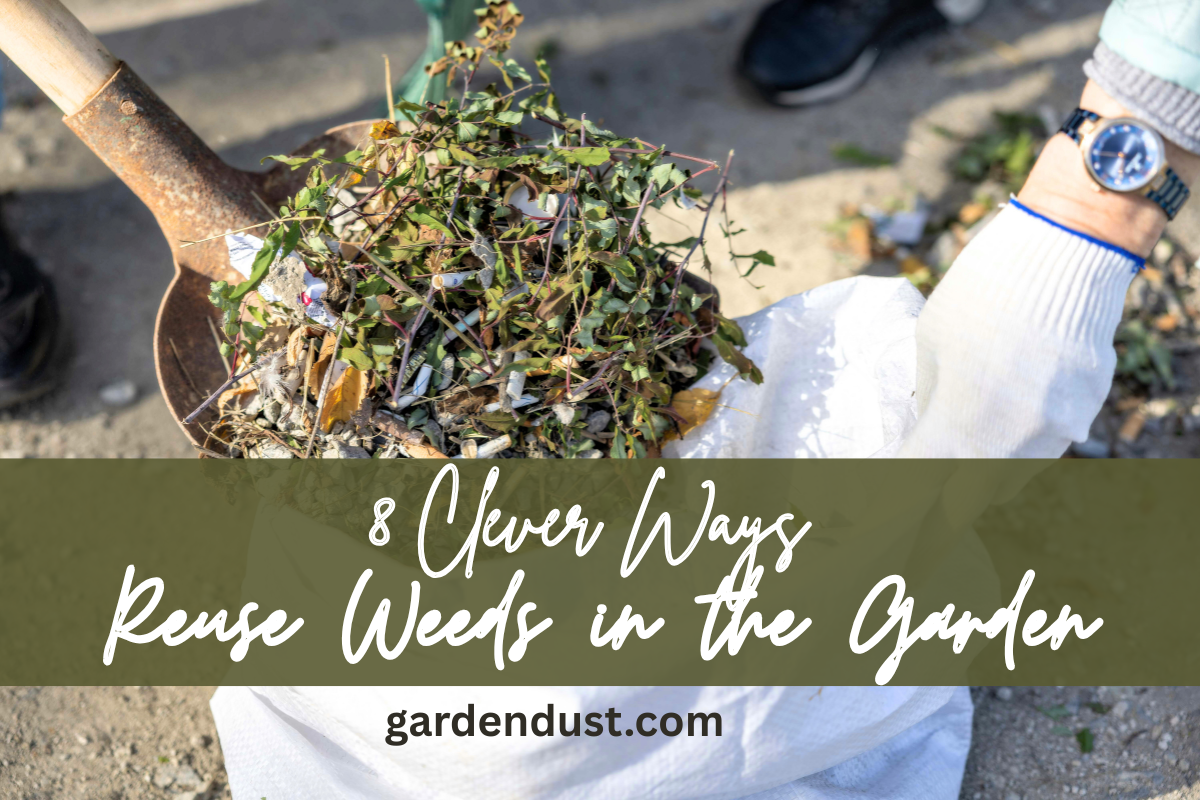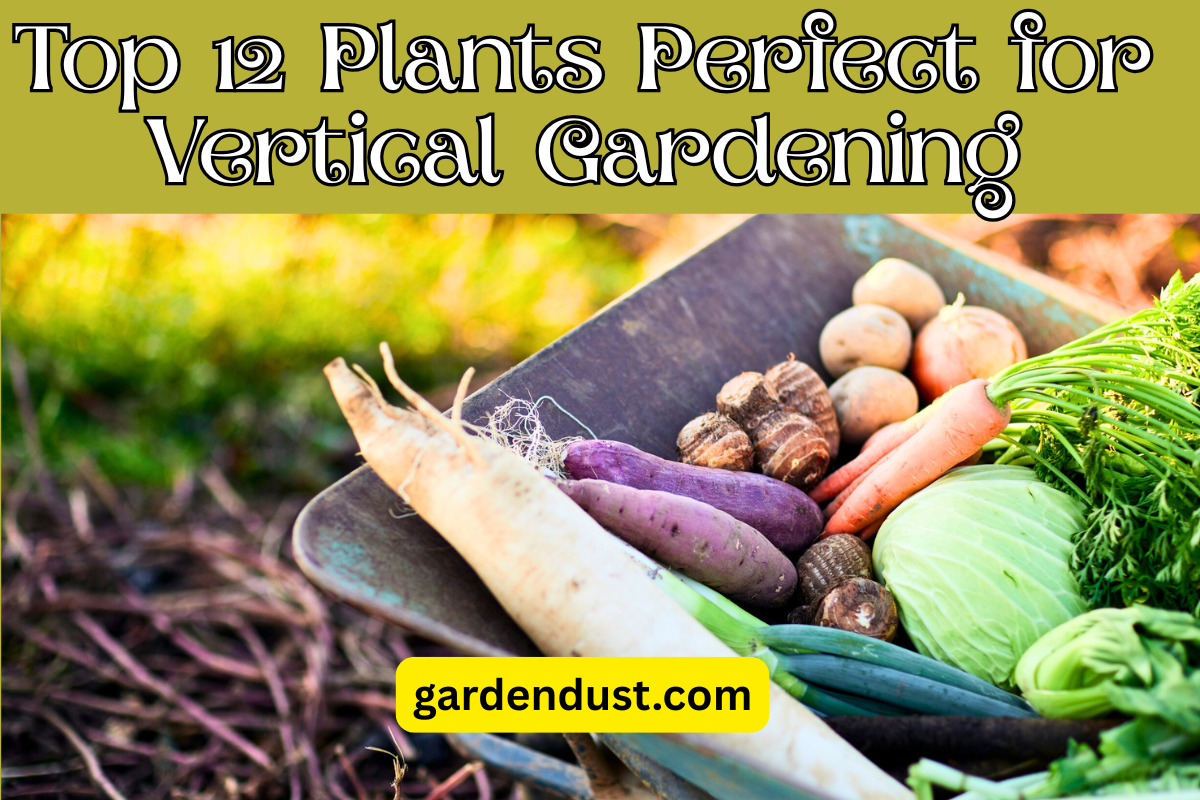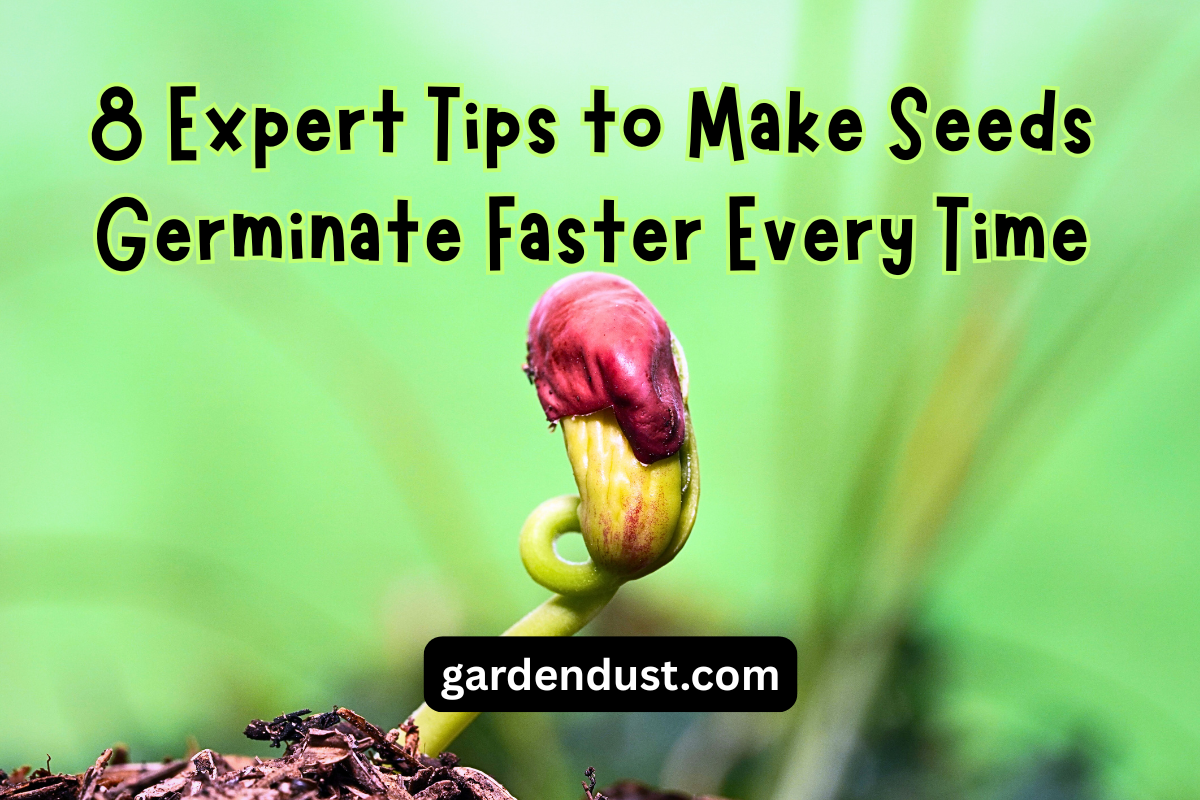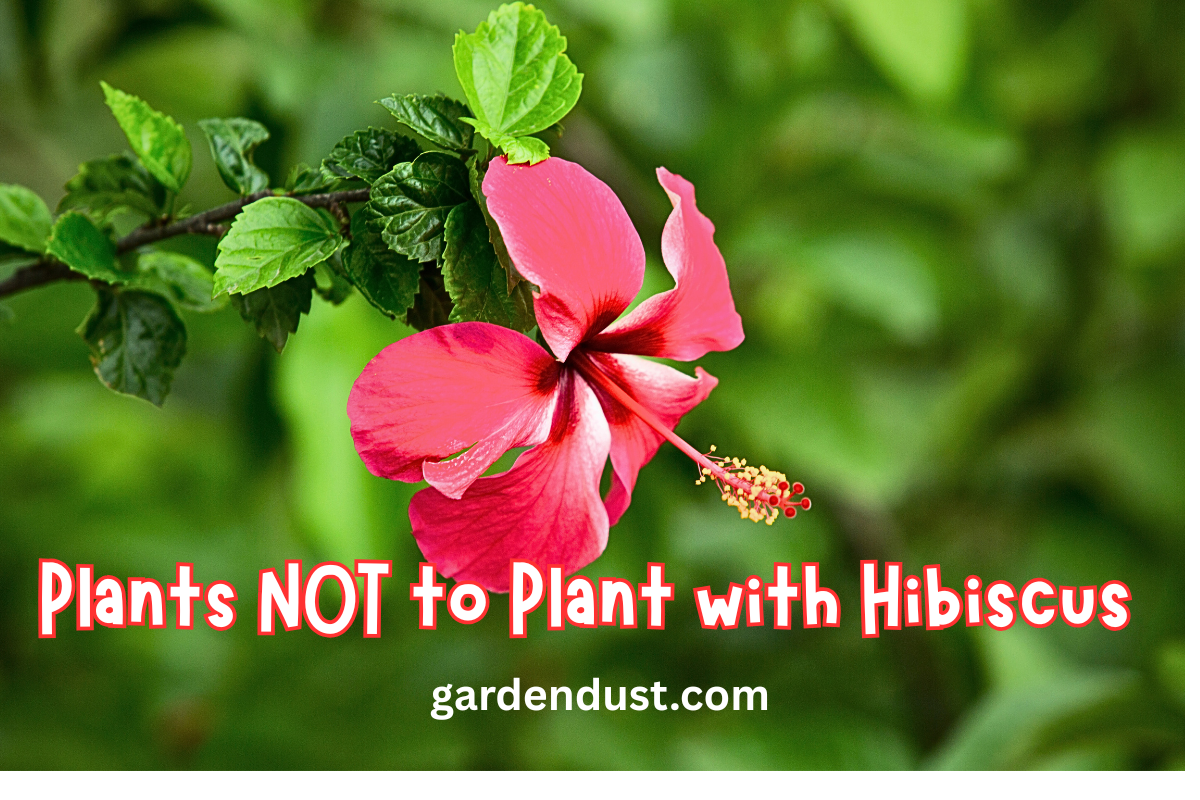How to Start a Chaos Garden
A Guide to Carefree, Natural Gardening
What is Chaos Gardening?
Chaos gardening is exactly what it sounds like—a haphazard and laid-back approach to gardening in which rules and meticulous garden planning take a backseat. It’s as simple as taking handfuls of seeds and tossing them over prepared soil, then letting nature do the rest.
Unlike traditional gardening with its neat rows and careful spacing, chaos gardening embraces unpredictability, resulting in a wildflower meadow-like appearance that’s both beautiful and beneficial for local ecosystems.
:strip_icc()/bhg-dean-riddle-cottage-garden-0021_820163e9feb9922c76f3a378c34fbdf02ac711e2-e053ce4c23d54bdbad92fce01347d3cf.jpg)
Benefits of Chaos Gardening
Low Maintenance
Less weeding, watering, and general maintenance compared to traditional gardens. The dense, diverse planting helps suppress weeds naturally.
Supports Biodiversity
Attracts pollinators, beneficial insects, and birds. A diverse mix of plants creates a healthy ecosystem that balances itself.
Use Up Old Seeds
Perfect way to use those leftover seed packets gathering dust in your garden shed. Even older seeds get a chance to germinate.
Water Efficient
Dense planting creates ground cover that reduces evaporation and the need for frequent watering compared to conventional gardens.
Stress-Free Gardening
No need to worry about perfect spacing or alignment. Chaos gardening embraces imperfection and natural growth patterns.
Constant Surprises
A chaos garden evolves throughout the season, with different plants blooming and thriving at various times, providing ongoing visual interest.
How to Create Your Chaos Garden
Choose Your Location
Select a sunny spot for your chaos garden. Most wildflowers and vegetables need several hours of direct sunlight to thrive. Consider visibility from your home so you can enjoy the view.
Pro Tip:
Start small if you’re a beginner – even a 4×4 ft area can create a stunning chaos garden. You can always expand later!
Prepare the Soil
Clear the area of existing vegetation and debris. Loosen the soil with a garden fork or tiller to a depth of about 6 inches. For better results, add some compost to enrich the soil.

Select and Mix Your Seeds
Gather a diverse mix of seeds – flowers, herbs, and even vegetables. Create two separate bowls: one for larger seeds (sunflowers, beans, cucumbers) and another for smaller seeds (carrots, lettuce, poppies).
Seed Selection Tips:
- Include a mix of annuals and perennials
- Consider bloom times for continuous color
- Include native plants to attract local pollinators
- Mix in some herbs like basil, dill, or cilantro that benefit from companion planting
Scatter Your Seeds
Here comes the fun part! First scatter the larger seeds, then the smaller ones. Mix them with some sand or fine soil to help distribute them more evenly. Don’t worry about patterns – the randomness is what makes a chaos garden special.
:max_bytes(150000):strip_icc()/chaos-gardening-bae7a41e658745c1bef91042816ea762.jpg)
Gently Press Seeds Into Soil
Walk over the area or use a roller to press the seeds into contact with the soil. This step is important for good germination. Don’t bury the seeds – most need light to germinate.
Water Gently
Water the area using a gentle spray so you don’t wash away the seeds. Keep the soil consistently moist (not soggy) until the seeds germinate. Warm water can help encourage germination.
Watering Tip:
In hot weather, water in the early morning or evening to reduce evaporation and give your seedlings the best chance.
Embrace the Chaos!
Now sit back and watch your chaos garden grow! Different plants will emerge at different times, creating an ever-changing landscape throughout the growing season.
Best Seeds for Chaos Gardening
Flowers
-
Sunflowers – Provide height, structure, and seeds for birds
-
Zinnias – Easy to grow, bloom all summer, and great for cutting
-
California Poppies – Drought-tolerant and self-seeding
-
Cosmos – Tall, airy flowers that add movement and attract butterflies
-
Nasturtiums – Edible flowers that grow quickly and trail beautifully
-
Calendula – Long blooming period and medicinal properties
Vegetables & Herbs
-
Lettuces – Different varieties for color and texture
-
Kale – Hardy and provides vertical interest
-
Radishes – Quick-growing for early results
-
Basil – Aromatic and companion to many plants
-
Dill – Attracts beneficial insects and adds height
-
Swiss Chard – Colorful stems add visual interest
Native & Perennial Plants
-
Echinacea (Coneflower) – Long-lasting blooms that attract pollinators
-
Black-eyed Susans – Resilient native perennials
-
Milkweed – Essential for monarch butterflies
-
Yarrow – Drought-tolerant with flat-topped flower clusters
Ground Cover & Fillers
-
Alyssum – Creates carpet of tiny flowers, attracts beneficial insects
-
Clover – Fixes nitrogen in soil and helps suppress weeds
-
Chamomile – Fragrant and beneficial as ground cover
-
Oregano – Spreads to fill gaps and provides culinary uses
Recommended Seed Mixes
If you’re just starting, consider these pre-mixed seed collections specifically designed for chaos gardens:
-
Pollinator Mix – Attracts bees, butterflies, and beneficial insects
-
Wildflower Mix – Contains a variety of native and adapted flowers
-
Cut Flower Mix – Perfect if you want flowers for bouquets
-
Culinary Herb & Edible Flower Mix – For both beauty and function
Maintenance Tips for Your Chaos Garden
Watering
-
Water deeply but less frequently to encourage deep root growth
-
Morning watering is best to reduce evaporation and fungal issues
-
Once established, many chaos gardens need less water than traditional gardens
Weeding & Thinning
-
Remove obvious weeds while seedlings are small
-
Consider thinning if plants are extremely crowded
-
Some “weeds” like dandelions can be left if you don’t mind their appearance
Supporting Biodiversity
-
Avoid pesticides to protect beneficial insects
-
Add a small water source like a shallow dish for pollinators
-
Leave some dead plant material in fall/winter as habitat for beneficial insects
Seasonal Maintenance
-
Allow plants to go to seed at the end of the season for natural reseeding
-
In spring, gently rake away excess debris but don’t disturb soil too much
-
Add a thin layer of compost annually to maintain soil fertility
Problem-Solving Tips
If one plant is dominating:
Gently pull some out to create space for others. Keep what you remove as cut flowers or compost.
If nothing seems to be growing:
Check soil moisture and consider adding more seeds. Some may have been washed away or eaten by birds.
If plants look weak:
Consider adding a gentle, organic fertilizer or compost tea to give them a boost.
If pests appear:
Use companion planting principles – add plants like marigolds or nasturtiums that naturally repel pests.
Successful Chaos Garden Examples
:max_bytes(150000):strip_icc()/beautiful-summer-wildflower-garden-with-a-roped-rustic-wooden-gate-and-wrought-iron-pergola-in-the-background-1167722751-7480ff59d7bf42a1b5bc459e1003f777.jpg)
The Cottage Garden
This chaos garden combines traditional cottage flowers like hollyhocks, foxgloves, and daisies with herbs and vegetables. The informal style creates a romantic, nostalgic feel.
Key features: Climbing roses, mixed heights, winding pathways
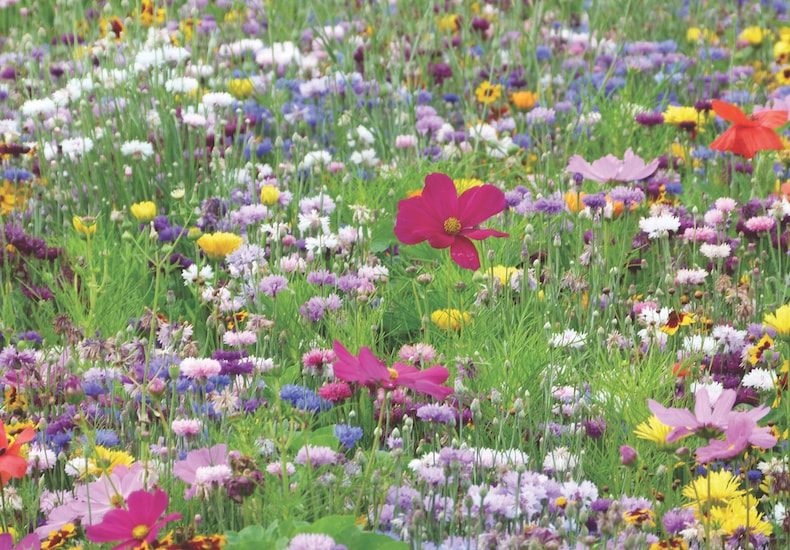
The Meadow Garden
This wildflower meadow-inspired chaos garden uses native species that attract local pollinators. It’s low-maintenance and changes dramatically through the seasons.
Key features: Native grasses, seasonal wildflowers, natural ecosystem
:max_bytes(150000):strip_icc()/herb--vegetables-and-flower-garden-175435764-27257c8c6fa143fc9368f9fa704d0e09.jpg)
The Edible Chaos Garden
This garden combines vegetables, herbs, and edible flowers for both beauty and function. The diverse planting helps confuse pests and creates natural companion planting benefits.
Key features: Edible flowers, herbs, leafy greens, companion planting
Chaos Garden Transformations

A chaos garden in its first season, showing how even small spaces can be transformed
Learning from Real Chaos Gardens
Every chaos garden is unique – that’s part of its charm! Gardeners report these key learning experiences:
-
The first year is more about establishment – the second year often shows more dramatic results
-
Even with minimal care, chaos gardens tend to improve over time as nature selects what works best
-
Defining a clear edge or border helps a chaos garden look intentional rather than neglected
-
Keep a journal or take photos to track what thrives in your specific conditions
Ready to Embrace the Chaos?
Chaos gardening represents a shift away from rigid garden design toward a more natural, sustainable approach that works with nature rather than against it. With minimal effort and maximum creativity, you can create a vibrant, ever-changing garden that brings joy, supports wildlife, and evolves beautifully over time. Happy Gardening….
Remember:
“In nature, chaos is the norm, not the exception. Let your garden reflect that beautiful truth.”

